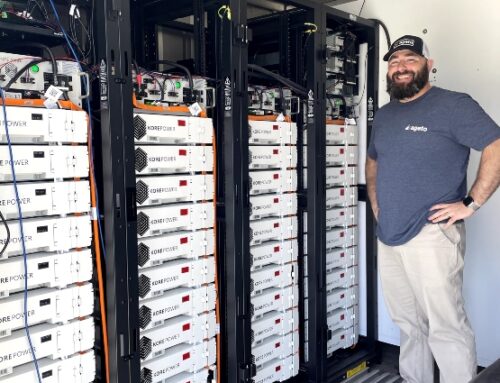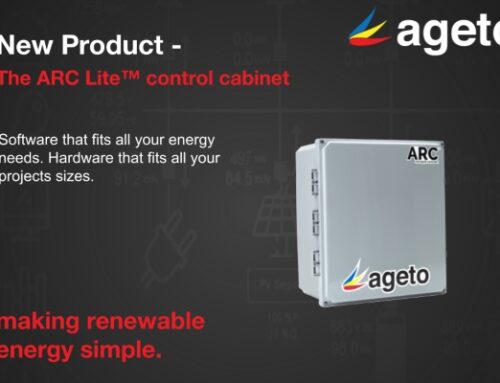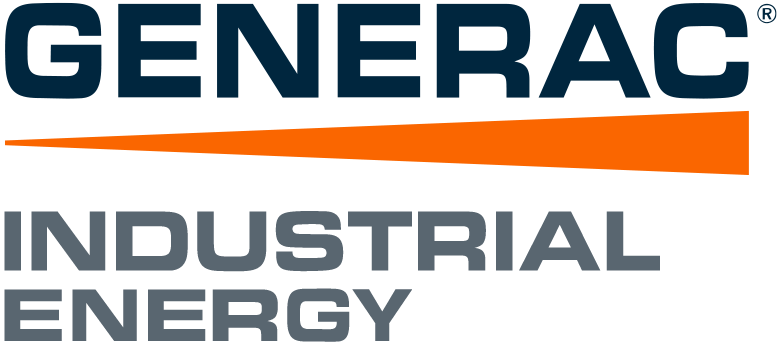Microgrids, microgrid controls, Energy Management Systems – what does it all mean? Renewable energy resources, or clean technology, have been around for years; however, the use of all these resources together is a more recent application. The microgrid industry is still in its infancy but is rapidly growing. As a result, large facility or residential owners are looking to make the switch to resilient renewable energy through microgrids. Need a refresher on microgrids? Read our blog post, “What is a microgrid?”
Even after understanding what a microgrid is, it’s important to note that the microgrid process doesn’t stop there. An operable system requires a microgrid controller. Microgrid controllers manage the distributed energy resources, or DERS, that make up the microgrid. DERs typically include solar arrays, solar inverters, battery storage systems, generators, wind turbines, and the utility itself. The customer’s desires dictate which of those DERs are included in their microgrid system, making each system unique. But once the DERs are in the system, isn’t the microgrid complete? Well, technically yes, the microgrid itself has been created. However, similar to the parts of a car, setting them on the ground – the wheels, axels, frame, etc., – will not make it run.
Control Systems
From the cruise control in a car to the thermostat in a house, control systems run behind the scenes in everyday applications. Control systems sophisticate the abilities of electronic devices to command and direct their behavior as desired. As a result, they are useful in dynamic systems, where the incoming data is constantly changing. By reading in current information and feeding it back into the control system, the controller can make instant decisions to stabilize the system. For instance, while using cruise control in the car, the control system will take in the setpoint given (current speed) and adjust the car’s settings accordingly to stay at that speed (engage the brakes or accelerator). Advanced cars will slow down when sensing another vehicle is near or speed up if on an incline. It does all this by taking in present readings and making adjustments in real-time.
What is a Microgrid Controller?
The DERs of the microgrid are all individual components, they cannot communicate with one another on their own. They need a microgrid controller to work together to accomplish the goals of the system. Microgrids are also all dynamic systems, the power being produced by the DERs changes depending on several factors – another reason why they require a controller. A microgrid controller will communicate with the battery management system, generator controls, solar inverters, and even third-party systems that a customer might add. It will manage all these DERs as well as balance the power transmission with the grid (for grid-tied systems). As previously mentioned, each microgrid system is different and so are its use cases. Common functions of a microgrid controller are:
- Resiliency/backup power in case of an outage
- Solar export or curtailment
- Time-of-use shifting
- Demand charge management
- Generator cycle charging
- Charging batteries from solar
All of these features and more are setpoints that the microgrid controller will command and must ensure that the DERs work together to make it happen. A microgrid controller is two parts, hardware and software, but the software is what drives these important decisions. The ARC microgrid controller is Ageto’s fine-tuned solution that incorporates robust hardware and elegant software. It has proven itself internationally with a 100% success rate. Since Ageto is energy resource agnostic, ARC fits the needs of any customer by tailoring the system and integrating into customer specific DERs. Microgrid controllers are really a balancing act of managing different DERs to fit a customer’s needs, and a microgrid system cannot be complete without one.



